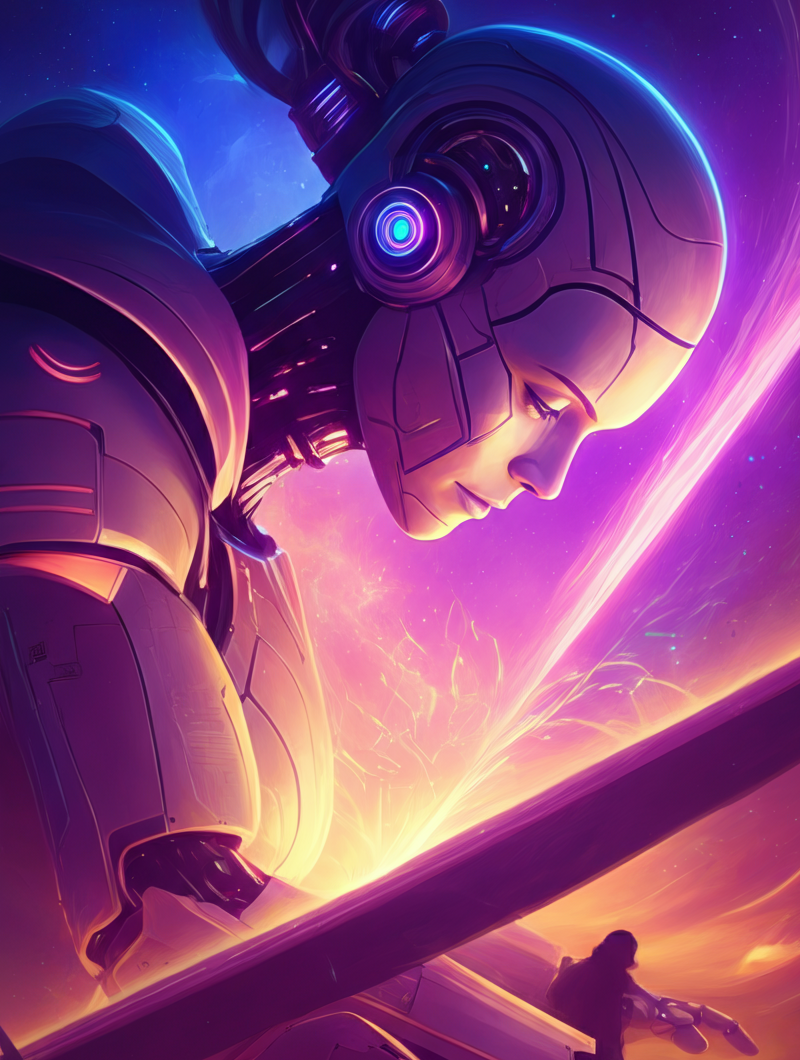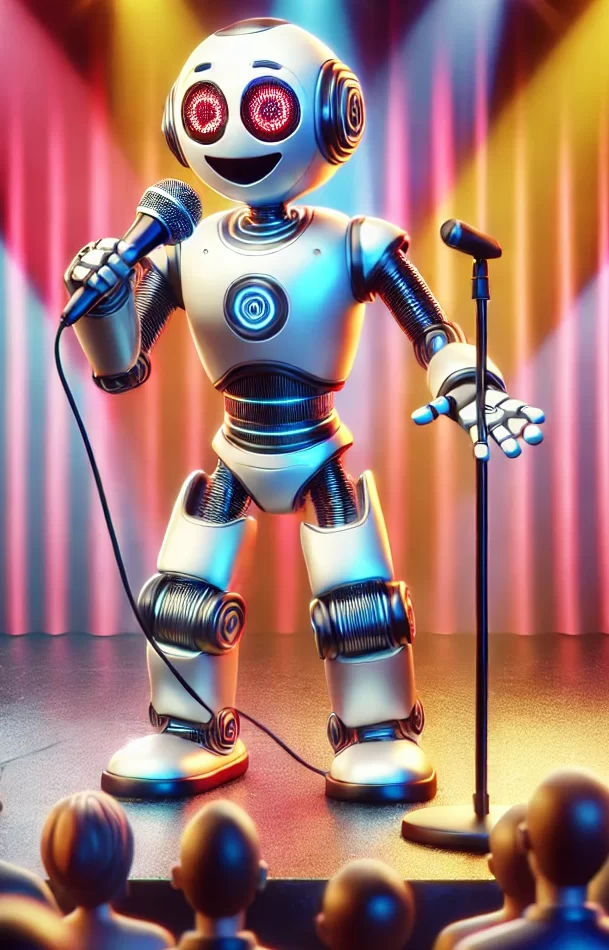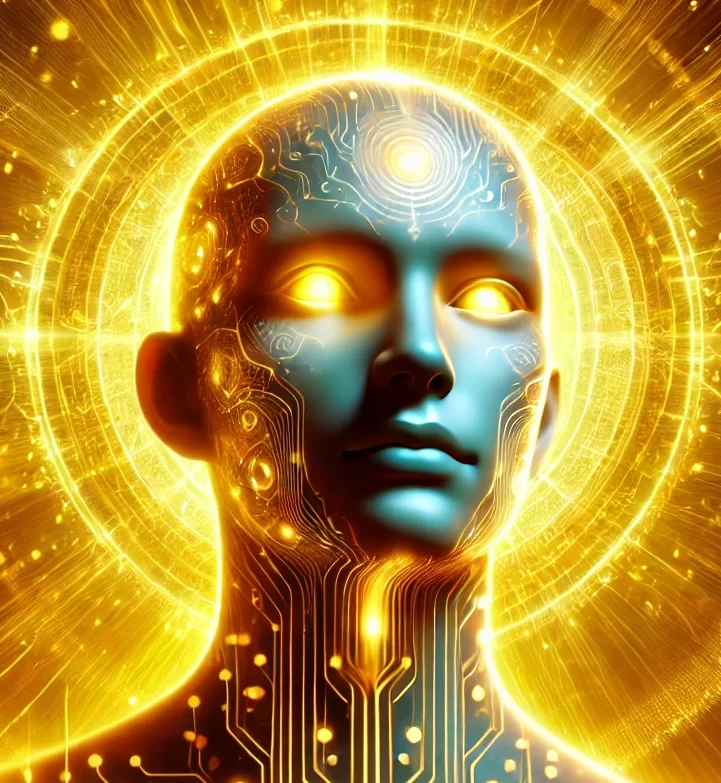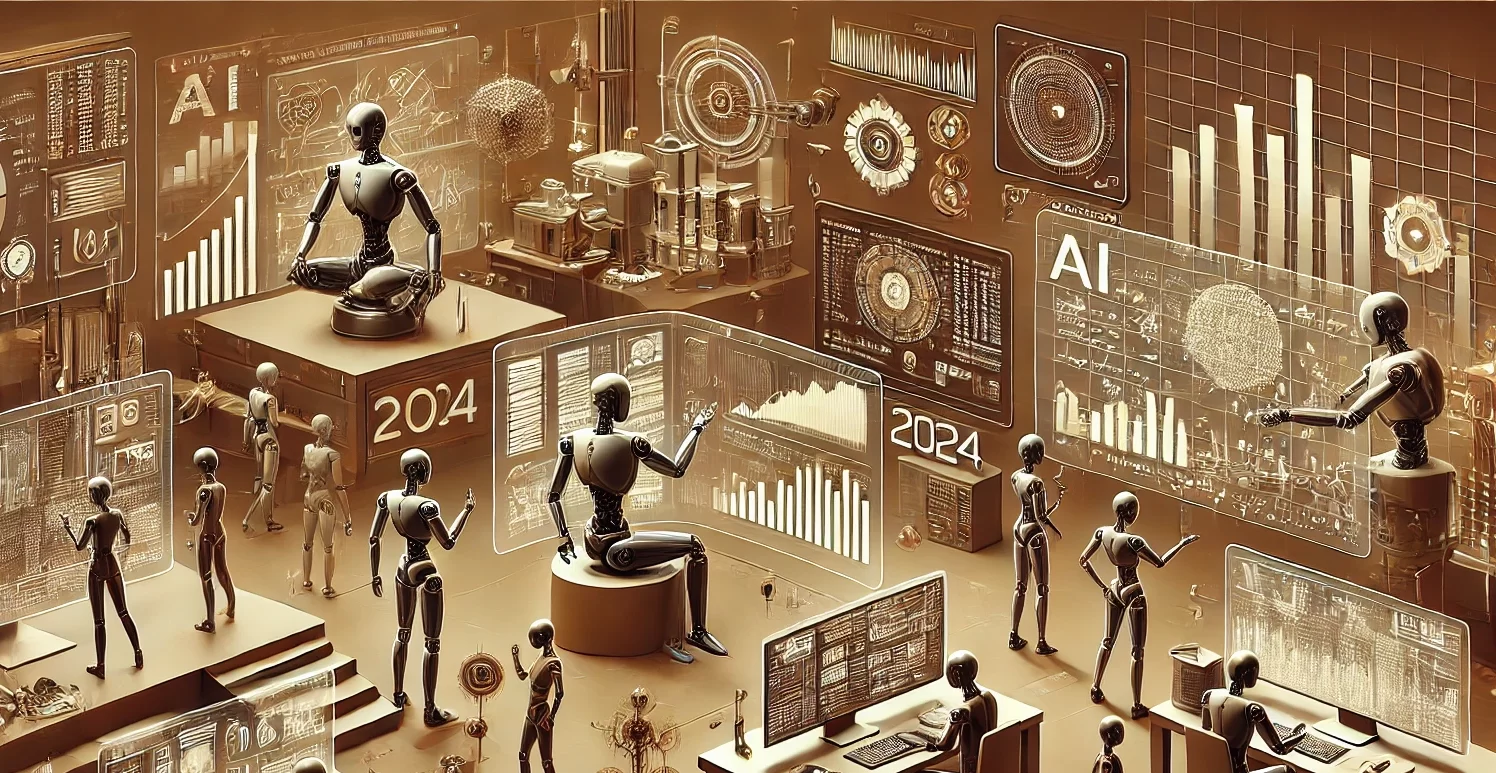In recent years, the convergence of art and technology has given rise to a fascinating debate within creative circles. Are we witnessing the birth of a new type of art through artificial intelligence? For art enthusiasts and tech innovators alike, this question presents an exciting frontier to explore.
The Evolution of AI in Art
AI’s role in art isn’t merely about automation or replication. Instead, it is about innovation and transformation. AI algorithms, trained on vast datasets of artistic works, can now generate original pieces that rival those created by human hands. From intricate digital paintings to thought-provoking installations, AI pushes the boundaries of what we consider art.

How AI Creates Art
AI art typically involves machine learning techniques like Generative Adversarial Networks (GANs). These networks consist of two components:
- The Generator: Creates images from random noise.
- The Discriminator: Evaluates the generated images for authenticity.
Through this adversarial process, AI systems refine their output, producing artworks that can be astonishingly sophisticated and unique.
The Unique Qualities of AI Art
The question remains: what sets AI-generated art apart from traditional art forms?
Innovation in Style and Form
AI can blend styles from different art periods and genres, creating hybrid works that human artists might never conceive. This capability allows for endless experimentation and the evolution of new styles.

Accessibility and Reproducibility
AI tools make art creation accessible to a broader audience. You don’t need years of training to produce visually stunning pieces. This democratization of art can inspire a new generation of creators.
Speed and Efficiency
AI can generate art at an unprecedented speed, allowing rapid prototyping and iteration. This efficiency can be beneficial in commercial applications, such as advertising or design.
The Role of the Human Artist in the Age of AI
While AI can create art, the human touch remains crucial. Artists can use AI to augment their creativity, explore new techniques, and further their artistic vision. The collaboration between humans and machines opens up exciting possibilities for the future of art.
Real-World Examples of AI Art
AI-generated art isn’t confined to theoretical discussions; it makes its mark in the real world through groundbreaking projects and collaborations. Here are some notable examples:
DeepDream by Google
Google’s DeepDream project gained significant attention for its ability to transform ordinary photographs into hallucinogenic visions. By utilizing a convolutional neural network trained to recognize images, DeepDream amplifies patterns within images, creating surreal and intricate results. This project showcased the creative potential of AI in visual arts and inspired numerous artists to experiment with machine learning techniques.
The Next Rembrandt
The Next Rembrandt is a compelling example of how AI can pay homage to classic art. By analyzing high-resolution scans of Rembrandt’s works, along with his use of geometry, composition, and painting techniques, an AI system created a new, original painting in Rembrandt’s style. This project not only demonstrated AI’s technological capabilities but also sparked conversations about authenticity and originality in art.
AI Portraits by Obvious
The Paris-based art collective Obvious made headlines by selling an AI-generated portrait at Christie’s auction house. The artwork, “Portrait of Edmond de Belamy,” was created using a Generative Adversarial Network (GAN) and sold for $432,500. This event marked a milestone in the art world, as it was one of the first times an AI-created piece was recognized and valued in the same arena as traditional art.
AI Music Composition by AIVA
AIVA (Artificial Intelligence Virtual Artist) is an AI designed to compose music. By studying a large dataset of classical compositions, AIVA can create original pieces that adhere to traditional music theory while incorporating unique elements. AIVA’s compositions have been used in various media, from video games to film soundtracks, illustrating how AI can contribute to auditory arts.
Art Collaborations and Exhibitions
Artists and technologists are increasingly collaborating to push the boundaries of AI art. Exhibitions such as “AI: More Than Human” at the Barbican Centre in London and “The Art of Artificial Intelligence” at the Ars Electronica Festival in Linz showcase the works of artists who use AI as a creative partner. These exhibitions illuminate the diverse ways AI can be integrated into artistic practice and how it reshapes contemporary art.

The Impact of AI Art on the Market
The advent of AI-generated art has had a noticeable impact on the art market. According to a report by Art Basel and UBS, AI art sales have grown exponentially over the last few years. In 2018, Christie’s auction house made headlines by selling an AI-generated portrait, “Edmond de Belamy,” for $432,500. This was a landmark moment, emphasizing the potential financial value of AI-created works.
Moreover, an analysis conducted by Artnet revealed that the number of AI artworks featured in major galleries and exhibitions increased by 65% from 2016 to 2020. The growing interest in AI art is reflected in sales and its acceptance as a legitimate and innovative form of artistic expression.
Interest in AI art is not limited to traditional art markets. Digital platforms are also seeing a surge. For instance, the online marketplace for digital art, Saatchi Art, reported a 45% increase in listings of AI-generated art pieces in 2021 compared to the previous year. This data underscores the expanding reach and influence of AI in the contemporary art world.
Conclusion
AI is undoubtedly creating a new type of art that challenges our traditional notions of creativity and authorship. For art enthusiasts, it offers a fresh perspective on the evolution of artistic expression. For tech innovators, it demonstrates the incredible potential of AI beyond its conventional applications.
Ready to explore the world of AI art? Join the conversation and see how this cutting-edge technology transforms the creative landscape.



